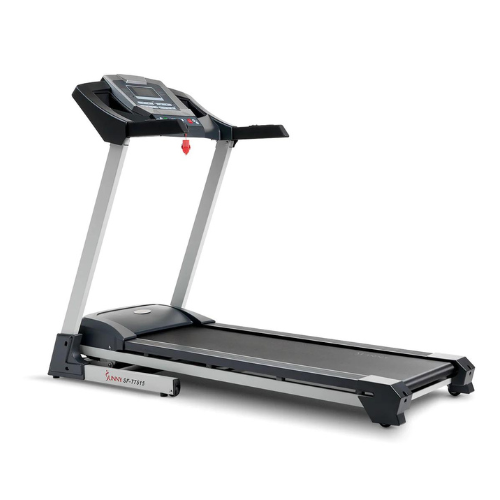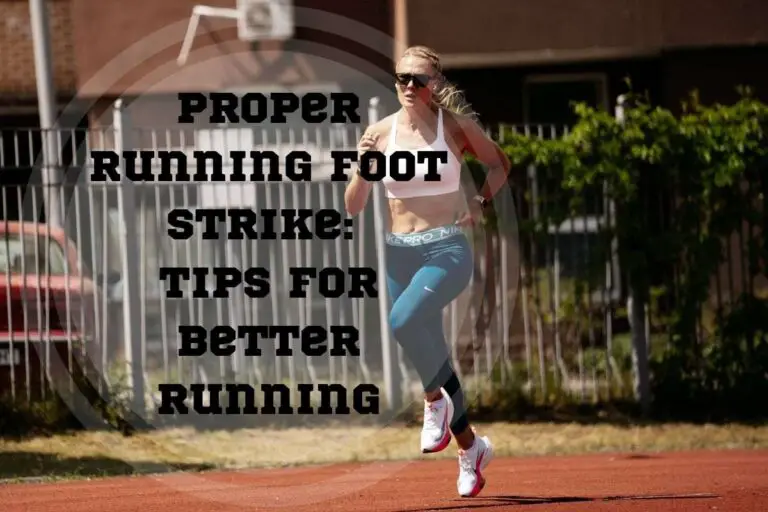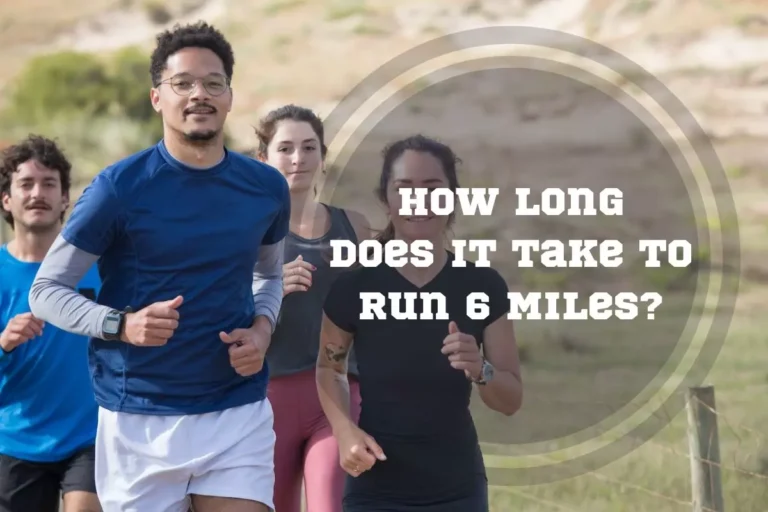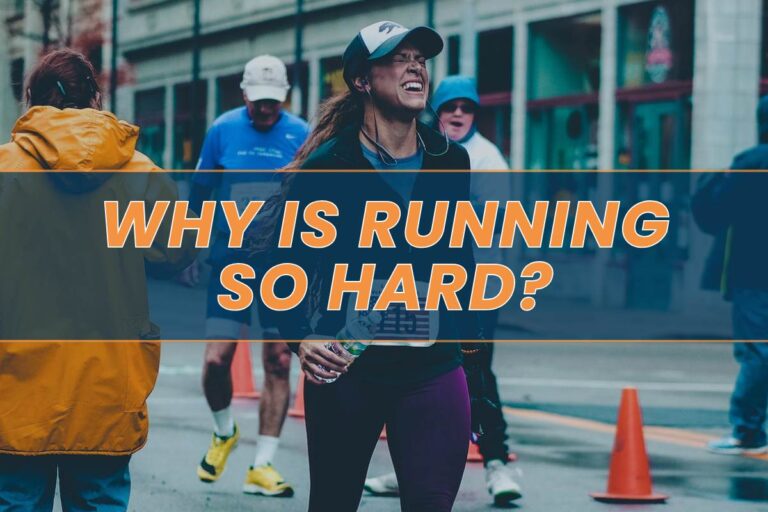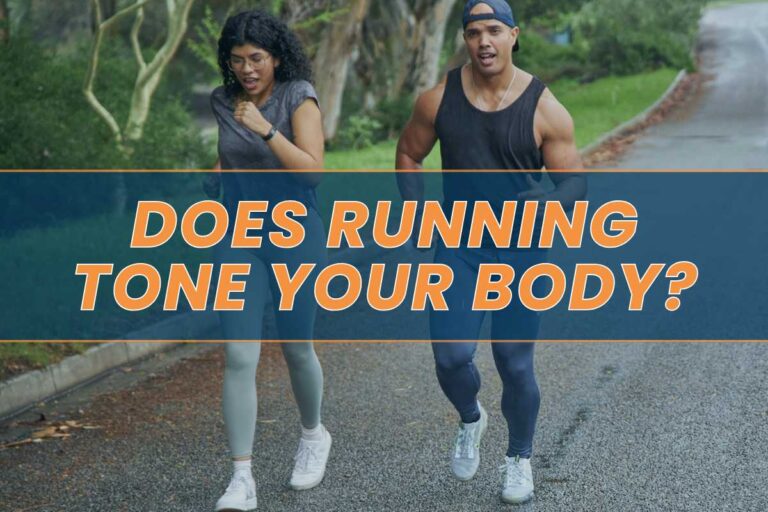Running to Fitness: What Muscles Does the Treadmill Work?
Treadmills are some of the most popular pieces of fitness equipment and it’s almost impossible to find a gym, home or commercial, that doesn’t have at least one. Everyone uses them and we all love them. But what’s so great about them? What muscles does the treadmill work? Does it target the muscles you’re trying to develop, or are you wasting your time on it?
The reason treadmills are so popular is because they offer an effective, comprehensive workout without being complicated. They’re not intimidating, even to beginners, and they’re very straightforward. If you’re interested in finding out exactly which muscles are getting a workout from using a treadmill (of course you are; why else would you be here?), stick around because we’ll go into details and see exactly which muscles and what part of the body does the treadmill work.
Lace up, hop on, and let’s work those muscles!
What muscles does the treadmill work?
The treadmill targets mostly legs (quads, hamstrings, calves), but it also engages the core for stability and posture. If you use a treadmill regularly, you will strengthen your lower body and improve cardiovascular endurance.

Is the Treadmill a Good Workout?
Well, if it wasn’t, would it be so popular? Although, come to think of it, there’s a lot of popular stuff that serves no actual purpose, but the treadmill is not one of them. It’s a versatile, very effective tool that helps in cardiovascular conditioning, promotes heart health, and improves endurance if you use it regularly. You can adjust the speed and incline, and everyone can use it, regardless of their fitness level.
If you want a convenient, time-efficient cardio workout that can help you maintain or lose weight, look no further than a treadmill. It’s the ideal choice for people with busy schedules or those who prefer working indoors. You know… where there’s no bugs, no extreme temperature or weather conditions.
Is using the treadmill a full-body workout?
“Treadmill helps what part of the body” is one of the most googled phrases when it comes to this subject. The treadmill target muscles are mostly those in your lower body, so working out on a treadmill won’t give you a full-body workout in the true sense of the word. Your quads, hamstrings, and calves will get a fantastic workout, and the treadmill will even engage your core, but there’s just not enough movement in your upper body to make it a full-body workout.
But, keep in mind, if you want to engage the max number of muscles while being on the treadmill, you can swing and move your arms as you run or walk. You can even use some light weights or resistance bands to intentionally target the muscles in your upper body.
What Muscles Does the Treadmill Work?
Now that you have a general idea of what a treadmill can do for you, let’s focus on the muscles that get the most attention. Here’s a list of the treadmill muscles worked during each exercise:
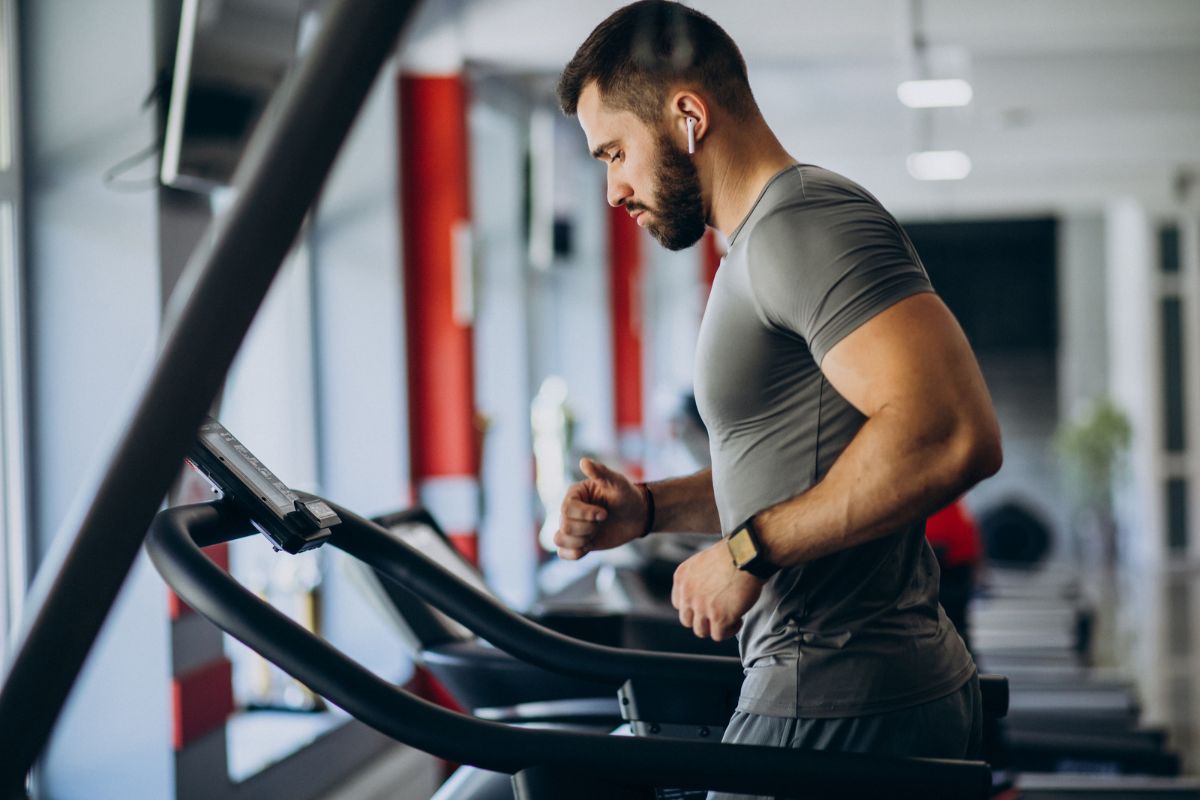
1. Quads (Front Thigh Muscles)
Whether you’re walking, jogging, or running, your quads will be engaged by the repetitive action you’re doing. The quads are responsible for extending the knee and they power each step.
2. Hamstrings (Back Thigh Muscles)
As your quads contract, the hamstrings work in tandem to bend the knee and provide balance and control during each stride.
3. Calves (Gastrocnemius and Soleus)
Whenever you work out on a treadmill, you’re engaging your calves, which play a crucial role in lifting the heels off the ground during the push-off phase.
4. Glutes (Buttocks)
Your glutes stabilize the hip joint and power every step you take. If you crank up the incline, they will get an even better workout.
5. Core (Abs and Lower Back)
You need to maintain proper posture when you’re working out on a treadmill, and that’s what your core muscles do. They support your spine and improve overall stability.
6. Hip Flexors
All treadmill activities involve continuous hip flexion and extension, which activates the hip flexor muscles responsible for these movements.
It’s obvious that your lower body gets the most attention by far, and the core is right behind it. But it’s important to mention that you can still engage your upper body if you swing your arms during exercising, or if you add accessories (dumbbells, resistance bands) to your training. When you get familiar with the treadmill muscles used, you can tailor your workouts better to what you’re trying to accomplish.
The Best Treadmill We Would Recommend – Sunny Health & Fitness Premium Treadmill
Sunny Health & Fitness Premium Treadmill
Sunny has been in the business for more than 20 years and they’re known for their quality equipment. This treadmill comes in two versions, and we recommend the Classic one.
The treadmill’s dimensions are 28’’D x 64.5’’W x 50.5’’H and it weighs 123.5 pounds. It’s very stable and doesn’t move during workouts. It incorporates double deck technology, which means the surface you’re running on has integrated shock absorption and it makes your workout easier on the joints.
There are 12 incline levels (0-12%) and they’re very easy to adjust with the auto incline button. The speed goes up to 8 mph and the BMI calculator is very convenient for tracking body composition progress.
Of course, you need some entertainment during workouts, so there are built-in speakers, Bluetooth connectivity, and an MP3 cord. You can listen to music or podcasts and the training session will just fly by!
Pros:
- Double deck technology
- 12 incline levels
- Integrated BMI calculator
Cons:
- The pulse feature is not always accurate
Aerobic and Anaerobic Treadmill Exercise
If you don’t have a lot of experience or you haven’t done a lot of research, you might think working out on a treadmill can get monotonous. And it certainly can if you do the same thing on repeat. But there’s nothing worse than a tedious, boring workout, so let’s see the exercises you can do to add some variety.

Pro Tip:
The term “Aerobic” is used for processes/exercises that require oxygen (think marathon running). “Anaerobic” refers to processes/exercises that do not require oxygen (think short burst sprinting while holding your breath). Aerobic exercises improve the body’s cardiovascular system, while anaerobic exercises lead to muscle strengthening.

Pro Tip:
The term “Aerobic” is used for processes/exercises that require oxygen (think marathon running). “Anaerobic” refers to processes/exercises that do not require oxygen (think short burst sprinting while holding your breath). Aerobic exercises improve the body’s cardiovascular system, while anaerobic exercises lead to muscle strengthening.
1. Brisk Walking or Jogging (Aerobic)
A brisk walk or jog will engage all the major lower body muscles, like quads, hamstrings, calves, and glutes. The core is also activated for stability. Ideally, you would do this exercise for half an hour to an hour at a steady, moderate intensity. This way, you’ll get a low impact exercise that promotes cardiovascular health, endurance, and it can be done by people of all fitness levels.
2. Running at a Steady Pace (Aerobic)
There’s a lot of treadmill running muscles worked during this one. Running at a steady pace will engage all the muscles a brisk walk or jog will, and you should do it for 20 to 45 minutes. It will burn calories, keep your heart rate up, and will boost your endurance. This is another exercise that is suitable for people of all fitness levels.
3. Incline Walking (Aerobic)
This is a more challenging workout that will engage the entire lower body, especially the glutes. Walking needs less energy than running, but if you’re doing it at an incline, it won’t be so easy. It lasts for 20 to 45 minutes and if you want some added intensity and variation, you can incorporate incline intervals. This workout is excellent for strengthening your lower body, especially the posterior chain.
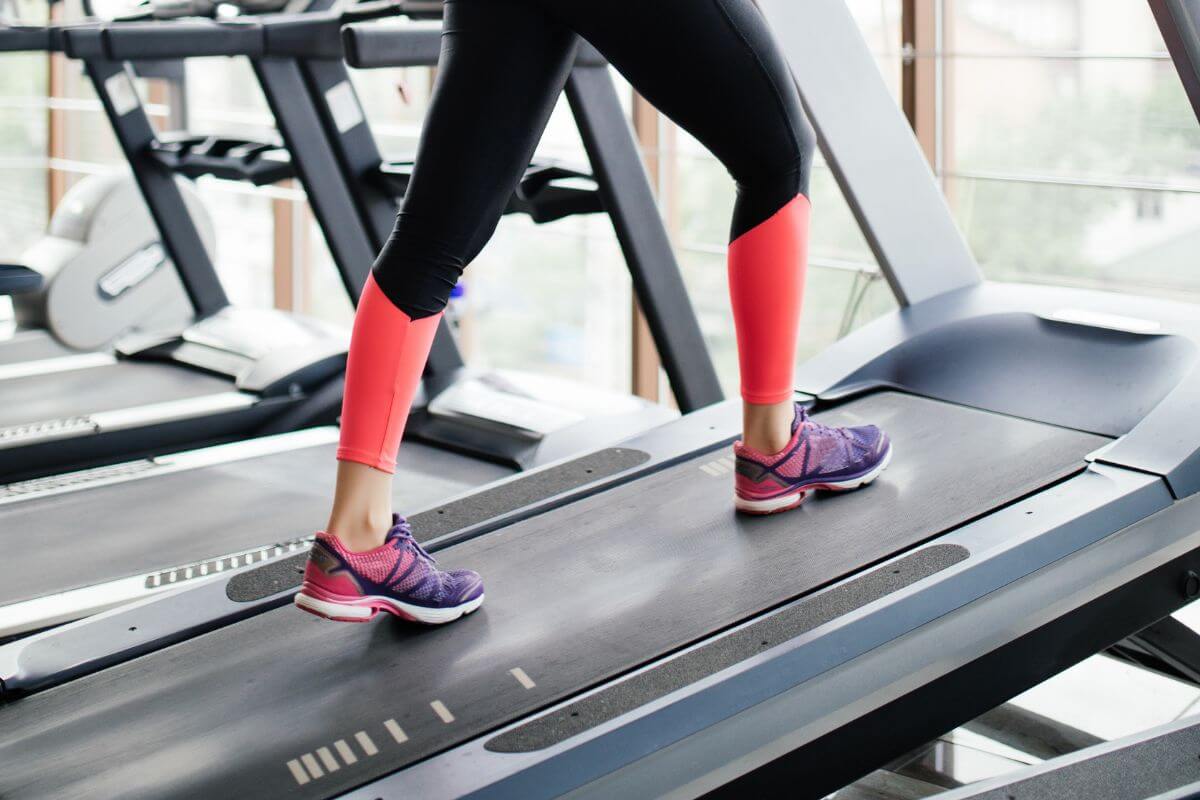
4. Sprinting Intervals (Anaerobic)
Sprinting intervals are fantastic because they engage fast-twitch muscle fibers and they’re great if you want to make your run more intense. As far as treadmill running muscles used, sprinting intervals focus on quadriceps, hamstrings, and calves, and build strength, power, and speed.
Do 15-30 seconds of high-intensity sprint, and then follow that with either a rest period or a period of jogging.
5. Fartlek Training (Anaerobic)
This combines steady-state running with intermittent sprints and engages a lot of different muscle groups. As far as duration goes, it’s very flexible and allows for different speeds and durations during the workout. You’ll get a mix of anaerobic and aerobic benefits and improve both your endurance and speed.
Muscles Worked While the Treadmill is Inclined/Declined
What about the muscles that are worked during running and walking on a treadmill depending on the angle of incline? If you’re buying a treadmill, then you need to buy one that has adjustable incline settings because that has a big impact on which muscles are engaged during walking and running.
Which muscles does an inclined/declined treadmill work, you ask? Let’s just say – a lot of them!
1. With Incline
When you run or walk or an incline, it’s more challenging than if you were doing the same thing on a flat surface. Incline walking muscles used are the same ones as with running, but running is more intense. As you increase the incline, the quadriceps get more engaged, and they work against the gravity to lift your legs. The incline will be more demanding on your calves, too, because they will need to work harder to push off and help lift your body.
We can’t forget the glutes, of course, which contribute to stability and power as your body climbs the incline. They work harder than they would on a flat incline, so if you want to work on your glutes during running or walking, just crank up that incline, and you’re all set!
2. On a Decline
The quads and hip flexors are still engaged on a decline, but their role is now controlling the descent of your legs and providing resistance against gravity. The hamstrings are busy with helping to lower your legs in a controlled, stable way. Your calves are not working as hard as they do on an incline, but they still play a part in a controlled descent and offer support.
The core is more active during the decline and helps keep you balanced.
FAQ
Does a treadmill tone your stomach?
A treadmill can help tone your stomach, but remember that it focuses mostly on your lower body. If you combine working out on a treadmill with a balanced diet, you can strengthen and tone your abs and midsection (among other things).
Does the treadmill burn fat or muscle?
The treadmill burns calories, which helps with overall fat loss. But if the intensity is too high or you’re working out for too long, there could even be some muscle breakdown (especially without proper nutrition). If you eat right and do reasonable workouts, you’ll burn fat and preserve muscle, so it’s a win-win.
What does 30 minutes on a treadmill do for you?
30 minutes on a treadmill can be a great workout – it will improve the health of your heart, boost metabolism, and burn some calories. If you’re strapped for time and can’t do a longer workout, 30 minutes is completely fine.
How many times a week can I use a treadmill?
If you want the best results, go with 3 to 5 times a week. It can be tempting to work out more often, but rest days are important, and you need to let your muscles recover properly.
Conclusion
Whew… We worked a lot of muscles! But you’re probably not even that surprised because we all know how effective treadmills are.
Your lower body will get the most attention, but your core will get some love, too, and don’t forget that there are ways of engaging your upper body. Working out on a treadmill can be an almost full-body workout if you just include some extra movements and tools here and there.
For those of you on a hunt for a new treadmill, try the Sunny Health & Fitness Premium Treadmill and thank us later!
What’s your favorite exercise to do on a treadmill? Will you give any of the workouts described in this article a try? Which muscles are you looking to develop using a treadmill?
Let’s see what you have to say!
I’m running off because it’s leg day today!
References:
- Becks Shepherd “Why are rest days important?,” LiveScience, https://www.livescience.com/why-are-rest-days-important (accessed February 8th, 2024)
- Hye-Ryun Hong, Jin-Ok Jeong, Ji-Young Kong, Sang-Hee Lee, Seung-Hun Yang, Chang-Duk Ha, Hyun-Sik Kang “Effect of Walking Exercise on Abdominal Fat, Insulin Resistance and Serum Cytokines in Obese Women,” Journal of Exercise Nutrition and Biochemistry 18, no. 3 (2014): 277-285.
- J. M. Rippe, A. Ward, J. P. Porcari, P. S. Freedson “Walking for Health and Fitness,” JAMA 259, no. 18 (1988): 2720-2724.
- Linda D. Wilkin, Antoinette Cheryl, Bryan L. Haddock, “Energy Expenditure Comparison Between Walking and Running in Average Fitness Individuals,” Journal of Strength and Conditioning Research 26, no. 4 (2012): 1039-1044.
- “Walking for Exercise,” Harvard School of Public Health, https://www.hsph.harvard.edu/nutritionsource/walking/ (accessed February 8th, 2024)
- Photo by Andrea Piacquadio from Pexels, by senivpetro from Freepik, by diana.grytsku from Freepik.
If you have any questions or suggestions, you can contact us via email – [email protected]

